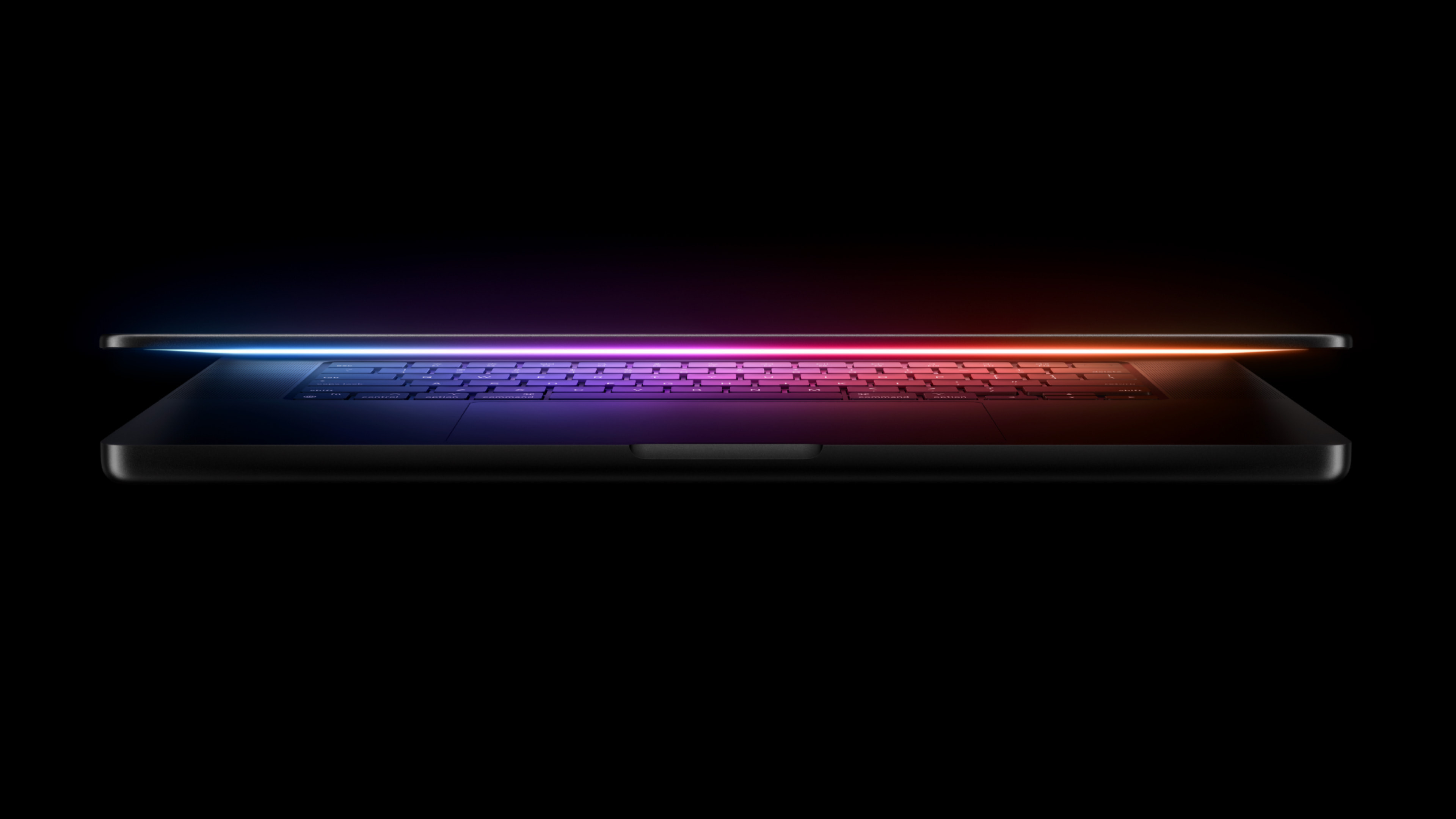Arm is gunning for the server market
Arm is expecting to make significant headway in the server processor market in the coming years as its investment in the space begins to bear fruit, the company’s SVP of Infrastructure has said.
In conversation with TechRadar Pro at MWC 2022, Chris Bergey explained that although Arm’s heritage is not tied closely to infrastructure, the company’s instruction set architectures (ISAs) are increasingly well-suited as the base for high-performance processors for cloud and other use cases.
“A lot of startups have attempted to do Arm in the data center over the years. At the beginning, the value proposition early on was about low power, but data center operators really care about performance. It’s about packing as much compute as possible into a rack,” he said.
“With Arm, cloud providers are finding they can get more compute, because they can put more cores in a power envelope. And we’re just at the tip of the iceberg.”
Arm tackles the server
Traditionally, Arm-based processors have been found predominantly in smartphones and IoT endpoints, because of the strong power consumption to performance ratio they deliver.
However, the company has is recent years begun to muscle in on the server and high-performance computing (HPC) space with its Neoverse platform, which now underpins a host of performance-centric chips, including the Graviton series from AWS and the Fujitsu A64FX found in the world’s most powerful supercomputer.
Bergey explained that the acquisition by SoftBank in 2016 brought about an opportunity to ramp up R&D investment in the space significantly, which is now beginning to bear fruit for the firm.
“Arm first talked about getting into servers 15 years ago and we’re only now beginning to see this vision come to fruition,” he said. “In this industry, the investments are big and it takes time for these things to come through.”
“But we’ve now started to come up with some very interesting attributes that set us apart, such as scalability. Arm-based solutions tend to have many more cores, which has allowed us to address the scale-out workloads on which a lot of cloud is built.”
Whether cloud providers choose to design their own Arm-based processors, à la AWS, or to purchase from a third-party doesn’t much matter to Arm. It’s about demonstrating that Arm-based CPUs are capable of delivering the necessary performance for the broad range of workloads that have shifted to the cloud.
Bergey concedes there remain certain workloads that benefit from running on x86-based processors, but the company is now able to address the majority of use cases, he says.
“This is a ‘show me’ kind of market,” Bergey added. “If you’ve got the performance and value proposition, companies are highly incentivized to consider alternatives. The market share will take care of itself.”
MWC (Mobile World Congress) is the world’s largest showcase for the mobile industry, stuffed full of the newest phones, tablets, wearables and more. TechRadar is reporting on the show all week. Follow our MWC 2022 live blog for the very latest news as it happens and visit our dedicated MWC 2022 hub for a round-up of the biggest announcements.
Also check out our list of the best cloud storage services around
Disclaimer: Our flights and accommodation for MWC 2022 were funded by Huawei, but the organization had no editorial control over the content of this article.




